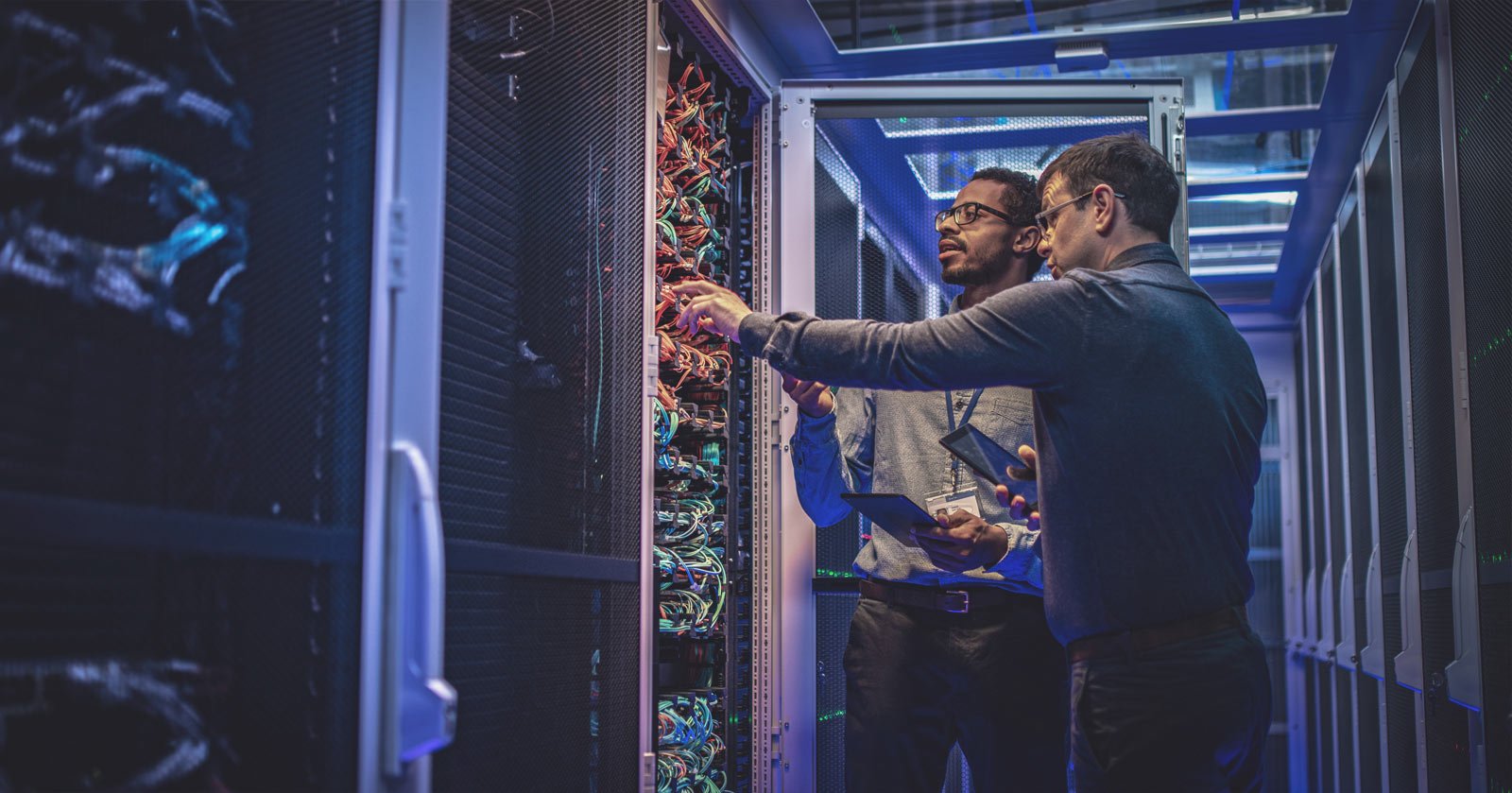TCO Certified for data center products has been available for almost a year now. Barton Finn, Purchaser Engagement Manager at TCO Development, shares his insight on trends for sustainable data center products and the critical role procurement plays in driving progress.
We asked Barton about what’s important to purchasers if they are to advance the sustainability of data centers in a meaningful and comprehensive way.
“IT sustainability is a growing trend as the impact of this industry has become clear nowadays. Procurement sits at the frontline of the shift to sustainability as a core strategy, with more and more purchasers leveraging their decisions to influence the market towards broader societal goals. Still, one important piece seems to be missing in the picture so far: data centers.
Among the main reasons explaining this situation: the “invisible” and highly complex nature of data centers and the servers and other equipment they contain, which led manufacturers to focus on quick fixes, such as reducing energy consumption… But we are still not hearing much about other sustainability issues: what about supply chain responsibility for the manufacturing phase? Factory working conditions? Conflict minerals? Dangerous chemicals? The list is long, and with the exponential amount of data created each year – set to reach 74 zettabytes1 in 2021 – these questions on the sustainability of the devices handling our datastreams become highly relevant for purchasers.
Supporting the efforts for more sustainable data center products is precisely why we recently extended our certification to cover the hardware used in data centers. After months of initial engagement with purchasers around the use of these new product categories, here are some reflections on how the sustainability of data centers is currently tackled and what is key for moving forward:
1. Data center sustainability is about buildings… AND products
Our first observation is that the sustainability of data centers is predominantly approached from a facility-management perspective. In practice, this means that organizations working on the topic have mainly focussed on the buildings where data center devices are placed – leading for example to valuable solutions in areas such as efficient cooling systems, waste heat reduction and the use of renewable energy sources.
This focus on the sustainability performances of buildings is key but has also led to the overlooking of an equally important element: the products themselves. As a result, many organizations we talked to had indeed done little to nothing on sustainability at the device level, such as servers, network equipment and data storage products. It’s widely known that manufacturing of a product often represents the biggest impact for its entire life cycle, paying attention to its sustainability performances should therefore go hand in hand with the sustainability of the buildings where they operate. This is how we best achieve consistent progress.
2. Sustainability goes beyond just energy efficiency
The second key learning is that even when organizations do look at the sustainability performance of the products, they almost never go beyond energy efficiency – probably because of the combined sustainability and financial benefits it delivers.
Even if this tendency is understandable, we should instead always keep in mind that energy consumption is only one of the many dimensions where data center products can have an adverse impact on society. Supply chain social responsibility is one key area that organizations should also try to promote when buying data center hardware, as working hours and conditions remain continuous challenges throughout their supply chains. Product lifetime extension is another aspect deserving high priority as buying repairable, upgradeable and recyclable products is the most effective way to reduce the e-waste an organization will inevitably generate. Being comprehensive in approaching the sustainability of purchasing decisions is therefore essential.
3. Impacts can be achieved even if you are buying cloud service
Another aspect we clearly identified is the perception among purchasing organizations that they can’t influence industry unless they are directly buying the hardware themselves. This was especially true for organizations relying on cloud-based or web-hosting services – their main pitfall being to think “as I am buying a service and not products, I can’t have any influence on their sustainability”.
The reality is in fact the opposite – when buying IT services, requirements can be formulated in relation to the sustainability of the devices that will be used to deliver it. Understanding and leveraging this potential is critical given the current shift for organizations to increasingly rely on external cloud services providers as replacement of their own IT systems. Engaging cloud service providers on this front is therefore urgent given the scale of the benefits they could lead to through the hundreds or thousands of devices they manage.
4. Big AND small organizations can foster change
Last but not least, size is another factor fueling the self-perceived inability of organizations to influence the industry. What we have seen here are organizations abandoning sustainability considerations of their procurement simply because “we’re too small and don’t represent any significant market value for our consideration to be taken into account” or because “if we try to require specific sustainability performances, then no suppliers will answer to our tenders”…
Even if the issue of size is partially true, it doesn’t justify us accepting the status quo and doing nothing. And there are some tactics that can already be implemented to steer the industry in the right direction. Joining forces with other organizations to combine purchasing power and pooling the demand for more sustainable data center products is a good example: when purchasers unite behind the very same sustainability requirements, it puts pressure and financially incentivizes suppliers on making the desired improvements.
On this final note, it was precisely the lack of a credible benchmark/standard allowing organizations to collectively make more sustainable choices for the equipment handling their data that led us to expand TCO Certified to these devices: a certification where data center products are independently verified to meet relevant environmental and social sustainability criteria.
Now here is what you can do as a purchaser. If data center hardware is an important procurement category for your organization, TCO Certified can support you in addressing the sustainability of these devices.
Sign our pledge – we know that IT brands often implement changes as a direct response to market intentions. As a buyer, your purchasing power is leverage with the potential to drive the industry in a more sustainable direction.
Get in touch – our dedicated purchaser support team is here and happy to help! Our support is free of charge and focused on helping you reduce risk and take the next step in environmental and social responsibility”.
1 One Zettabyte is approximately equal to a thousand Exabytes, a billion Terabytes, or a trillion Gigabytes.

Barton Finn
Purchaser Engagement Manager




